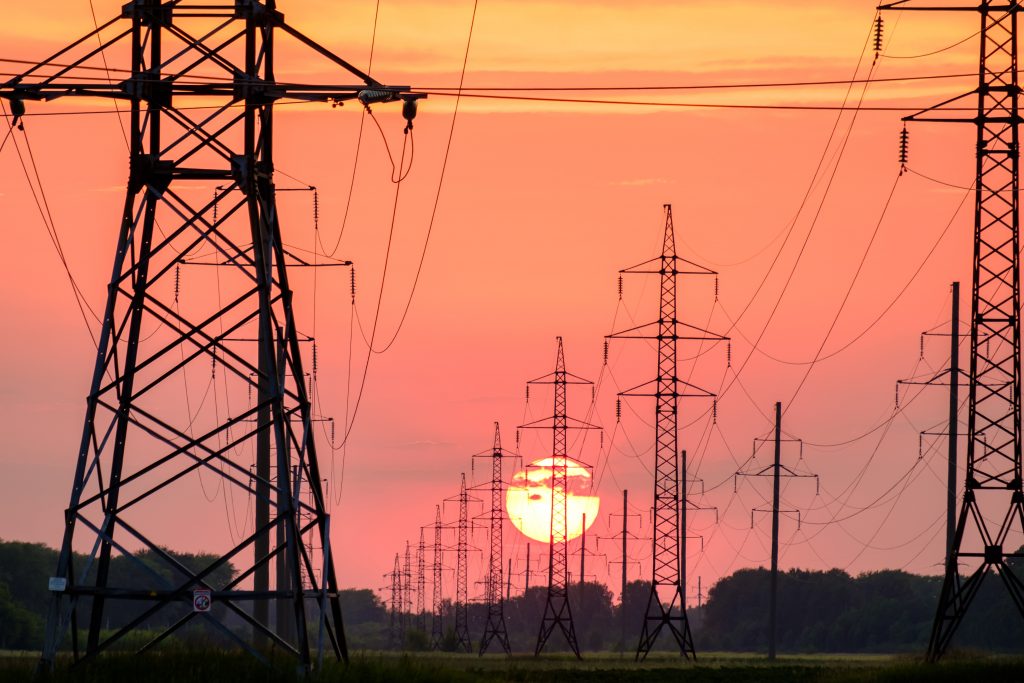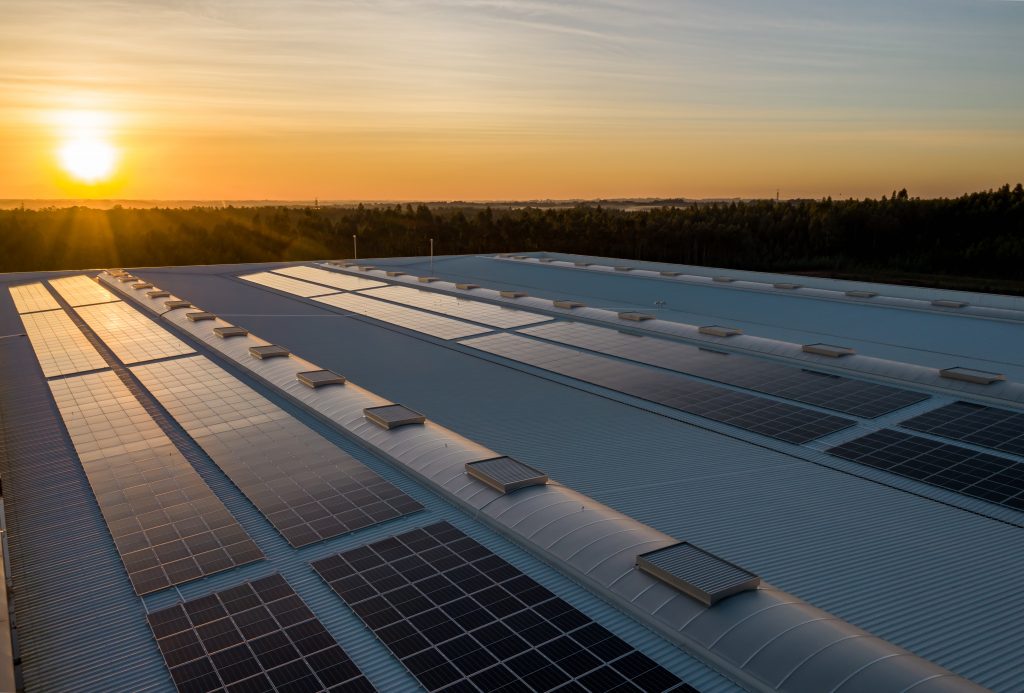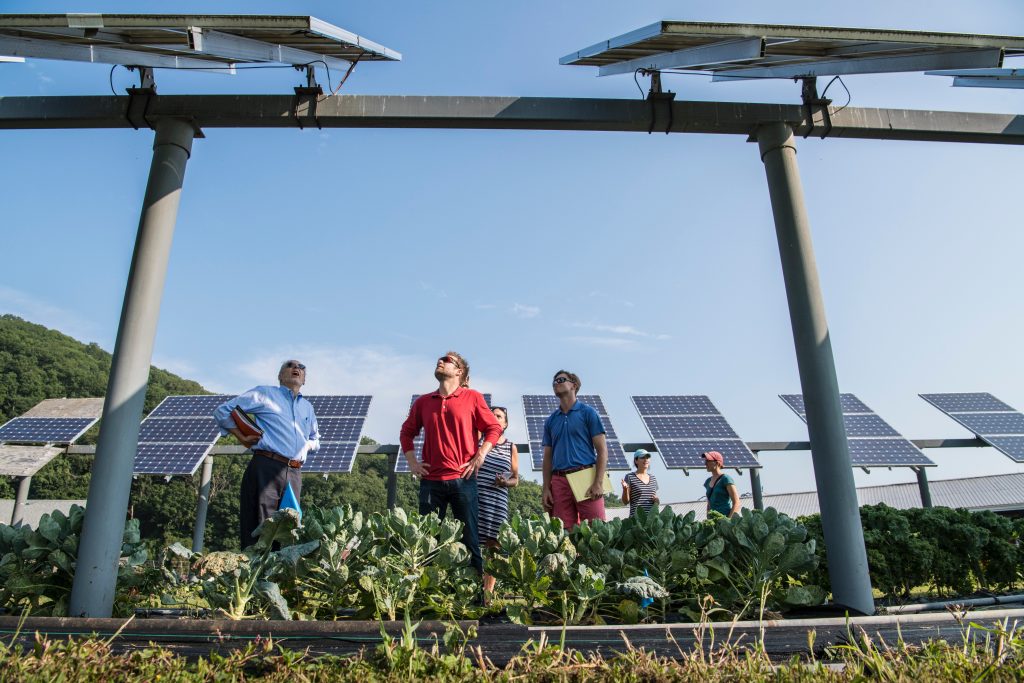As the internet of things continues to grow, billions and trillions of data bytes need to be moved, stored and shared. The energy thus consumed and the climate impact of data centers are increasing dramatically, thereby becoming significant contributors to global warming and climate change. This week, we’ve selected top 5 trending articles from EUDL library on energy web in this article.
- Calculation of the Levelised Cost of Electrical Energy Storage for Short-Duration Application. LCOS Sensitivity Analysis
The authors of this paper, Vikenty Melnikov, Gleb Nesterenko, Anton Potapenko and Dmitry Lebedev describe the issues of economic comparison of electrical energy storage systems based on the levelised cost of storage (LCOS). One of the proposed formulas for LCOS calculation was given, the parameters to be considered and the basic principles of their calculation were examined in detail. The LCOS was calculated for an electrical energy storage system, whose main function is to compensate for rapid changes in load power. Calculation of the Levelised Cost of Electrical Energy Storage for Short-Duration Application. LCOS Sensitivity Analysis appeared in issue 21 of EAI Endorsed Transactions on Energy Web journal.

2. Capacity Enhancement and Voltage Stability Improvement of Power Transmission Line by Series Compensation
The authors of this article, Md. Raihan-Al-Masud, Md. Minarul Islam, Md. Shahriar Hasan and Prajoy Podder explore the utilization of series capacitor applying to the power grid of Eastern part of Bangladesh. For doing this we have considered the analytical calculation of 10% to 85% compensation of that power line. As a result, we have observed that the power transfer capacity has been enhanced about 37 times and it also improve the voltage stability, when the compensation ration is 85%. Capacity Enhancement and Voltage Stability Improvement of Power Transmission Line by Series Compensation appeared in issue 23 of EAI Endorsed Transactions on Energy Web journal.

3. Improved Prediction of Wind Speed using Machine Learning
In this paper, the author Senthil Kumar P., presents three artificial neural networks namely, Back Propagation Network (BPN), Radial Basis Function (RBF) and Nonlinear AutoRegressive model process with eXogenous inputs (NARX) with Mutual Information (MI) feature selection for wind speed prediction. The MI feature selection identifies the significant features and reduces the complexity of wind speed prediction model without loss of information content. The performance of prediction model is evaluated in terms of Root Mean Square Error (RMSE) and Mean Absolute Error (MAE). Improved Prediction of Wind Speed using Machine Learning was published in issue issue 23 of EAI Endorsed Transactions on Energy Web journal.

4. Solar Tilt Angle Optimization of PV Systems for Different Case Studies
The author of this paper, Hasan N. Muslim, proposed an algorithm to optimize the solar tilt angle based on MATLAB software (m-file) in order to maximize the PV generation. Monthly and annually optimal tilt angles are suggested for different case studies, those are: Najaf, California and New Delhi. Also, the estimation of solar radiation for each month is calculated according to their optimal tilt angles. Solar Tilt Angle Optimization of PV Systems for Different Case Studies was published in issue 23 of EAI Endorsed Transactions on Energy Web journal.

5. Design, Simulation and Economic Analysis of A Rooftop Solar PV System in Vietnam
Installing a grid-connected rooftop solar system for a household is an important issue; therefore, there are many factors that need to be considered before the installation is decided. The main factors to be noted are the total cost of the installation, the amount of electricity generated as well as the government’s support policies for the development of solar energy. The authors of this article Thanh Ba Nguyen, Phuong Hoang Van present the design, simulation and economic analysis of an 8.36kWp grid-connected rooftop solar power project for a household in Thu Dau Mot City, Vietnam. The study calculates the generated electricity, the efficiency of the Photovoltaic(PV) power system, the ability to reduce the amount of CO2 emitted into the environment and the economic indicators of the project. Design, Simulation and Economic Analysis of A Rooftop Solar PV System in Vietnam was published in issue 35 of EAI Endorsed Transactions on Energy Web journal.
Subscribe to our EAI Endorsed Transactions on Energy Web journal and never miss new content in your field of research.


